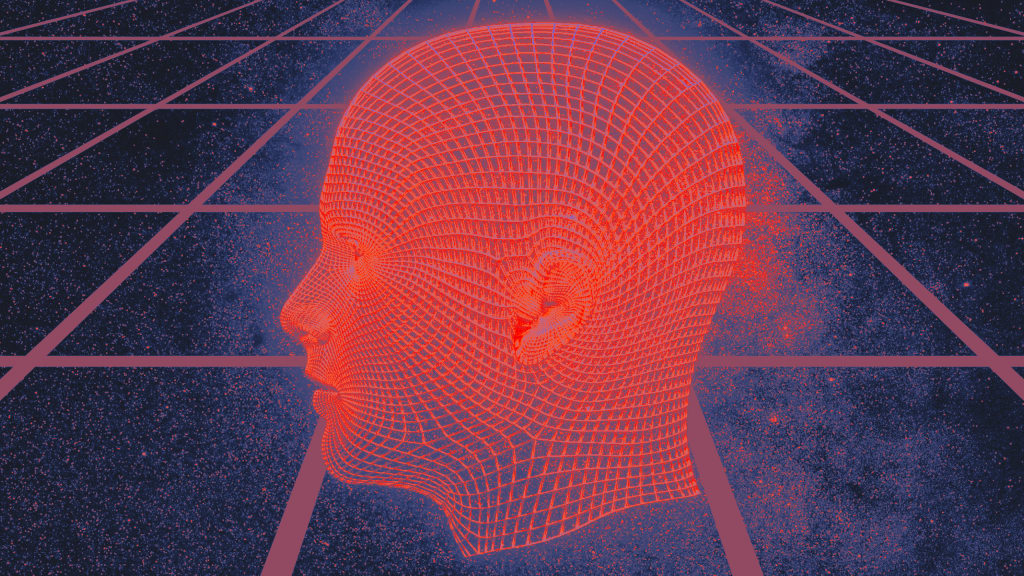It’s no secret that artificial intelligence is changing the way we work. With more and more simpler tasks being automated, humans are left with more high-level cognitive work, such as idea generation. If you want to excel in the new era, you’ll need to radically transform how you work to maximize brain efficiency, says Dr. Mithu Storoni, a neuroscientist and the author of Hyperefficient: Optimize Your Brain to Transform the Way You Work.
The problem is that we still follow a psychological and physical infrastructure of work that resembles the era of assembly lines, which doesn’t foster or facilitate the type of work needed today.
“Instead of generating 100 bad ideas, we have to come up with that one single good one,” says Storoni. “In order to enhance the quality of mental output and not just keep the mind working continuously, producing large amounts of output of mediocre quality, the mind has to work in a very different way.”
Start by Rethinking Working Hours
Leaders previously measured productivity in terms of how many hours an employee spent at work or the number of abstract targets they reached. As a result, people worked in a way where the quantity of work mattered most.
But that type of output doesn’t fit in the era of AI. Instead, we have to make a psychological switch, structuring each workday for quality instead of quantity.
“Each workday has to be tailored in a way that emphasizes and enhances mental output,” says Storoni. “To do that, we have to follow a completely different template.”
Start by discarding the old method of continuous work throughout the day. Research shows that when the mind works for long hours at a time, the mental output is of a lower quality, says Storoni.
“The time you’re working continuously is a big barrier against generating quality mental output,” she says. “You’re much less likely to make good decisions and come up with creative ideas this way.”
Continuous work impairs creative idea generation and high quality, sophisticated cognitive work. Because of that, it’s much better to work in bursts, giving the mind a lot of rest to make that work of quality rather than quantity. Storoni recommends using work sessions that are about 90 minutes long, attacking the hardest part of the task in the first 20 minutes and moving to the slower, easier work during the remaining time.
Match the time to the type of work
The time of day will also make a difference, depending on the type of work you’re doing. As a result, managers should consider the principal area that a team or individual is working on rather than imposing the same work schedule across a team or an organization, says Storoni.
Data suggests that it’s better to work on tasks that involve creativity, imagination, and problem solving during the first few hours of the day and again right before you go to sleep. The middle of the day is better for working on something that needs convergence of focus, such as implementing an idea you already have. Storoni recommends scheduling two focused work sessions during the day, one from middle to late morning and another from the middle to late afternoon or early evening.
In between the focused work sessions, make time for a nap or for easy work that doesn’t require much creativity or focus.
Build in breaks to maximize brain efficiency
The mind also needs breaks, but the type you take is critically important. The first goal of taking a break is to restore and rejuvenate the brain so it no longer fatigued. When the brain becomes fatigued, the information processing pathways inside the brain start taking inefficient routes, says Storoni.
The second goal is to dial down your state of mind. Storoni says when your mind has become stressed, hyperactive, or distracted from the work you’re doing, it builds up cognitive overload. You need to release that overload.
The third goal of a break is to put your mind in the correct state to begin work again. Before you take a break, Storoni says you should ask yourself, “How do I feel? Do I feel tired and wired? Or do I feel tired and not wired?”
“Your mind, unlike muscle, doesn’t rest the moment you stop working it,” says Storoni. “If you’re in the gym and stop lifting heavy weights, your muscle relaxes. But if you’re in a busy office and you walk out for a break, your mind hasn’t walked out with you. It’s still on your office chair, especially if the work you were doing left you with a heavy cognitive load that you’re worried about.”
What type of break to take
If you’re tired and wired, Storoni recommends choosing a break that actively dials your mind and your physiology back into a state of relaxation. This is a good time to go for a brisk walk, engage in breathwork, or play a mental game like Tetris. “Something that grips your attention just for long enough for you to forget what you were just doing,” says Storoni.
If you’re tired and not wired, your brain will behave more like a tired muscle, falling into a resting mode easily. You can sit quietly and daydream, take a slow walk, or read a relaxing novel.
The landscape of knowledge work has radically changed, and Storoni says we need to radically change the way we work to enhance the quality of human performance.
“We need to come to the point where we measure how successful a day has been, not by the number of hours and not by the number of boxes ticked, but by the quality of solutions you’ve come up with, the quality of ideas you’ve come up with, and the quality of your mental output.”
Apply to the Most Innovative Companies Awards and be recognized as an organization driving the world forward through innovation. Final deadline: Friday, October 4.







